Researches
Review Of Photochemical Reaction Constants Of Organic Micropollutants Required For UV Advanced Oxidation Processes In Water
Views : 4
Source: https://www.elsevier.com
Author: B.A. Wols, C.H.M. Hofman-Caris
Usually dispatched in 2 to 3 days
Usually dispatched in 2 to 3 days
Category:
Researches
Only logged in customers who have purchased this product may leave a review.
Related books
Desalination: From Ancient To Present And Future
Abstract:
Water is life, and without water, there would be no civilizations and a vacant Earth. Water is considered an abundant natural resource on the earth. Water covers 3/4 of the surface. However, 97% of the available water on the earth is salty oceanic water, and only a tiny fraction (3%) is freshwater. This small portion of the available water supplies the needs of humans and animals. However, freshwater exists in underground, rivers, and lakes and is insufficient to cover all the world’s water demands. Thus, water saving, water reuse, rainwater harvesting, stormwater utilization, and desalination are critical for maintaining water supplies for the future of humanity. Desalination has a long history spanning centuries from ancient times to the present. In the last two decades, desalination has been rapidly expanding to meet water needs in stressed water regions of the world. Yet, there are still some problems with its implementation in several areas of the world. This review provides a comprehensive assessment of the history of desalination for wiser and smarter water extraction and uses to sustain and support the water needs of the earth’s inhabitants.
Desalination: From Ancient To Present And Future
Abstract:
Water is life, and without water, there would be no civilizations and a vacant Earth. Water is considered an abundant natural resource on the earth. Water covers 3/4 of the surface. However, 97% of the available water on the earth is salty oceanic water, and only a tiny fraction (3%) is freshwater. This small portion of the available water supplies the needs of humans and animals. However, freshwater exists in underground, rivers, and lakes and is insufficient to cover all the world’s water demands. Thus, water saving, water reuse, rainwater harvesting, stormwater utilization, and desalination are critical for maintaining water supplies for the future of humanity. Desalination has a long history spanning centuries from ancient times to the present. In the last two decades, desalination has been rapidly expanding to meet water needs in stressed water regions of the world. Yet, there are still some problems with its implementation in several areas of the world. This review provides a comprehensive assessment of the history of desalination for wiser and smarter water extraction and uses to sustain and support the water needs of the earth’s inhabitants.
A Pilot Study of an Electromagnetic Field for Control of Reverse Osmosis Membrane Fouling and Scaling During Brackish Groundwater Desalination
Abstract: This study investigated the effects of an electromagnetic field (EMF) on control of membrane
fouling and scaling during desalination of brackish groundwater using a pilot reverse osmosis (RO)
skid. The groundwater was primarily CaSO4 type with a total dissolved solids concentration of
5850 mg/L and hardness of 2500 mg/L as CaCO3. Two EMF devices were installed in the pipeline
before a cartridge filter and in the RO feed inlet to induce an electric signal of ±150 kHz to the
groundwater. The effects of EMF on membrane scaling were evaluated under accelerated conditions,
i.e., without pH adjustment and addition of antiscalant. Two-phase experiments were conducted:
Phase 1 (376 h) with the EMF devices turned on after 150 h baseline operation; and Phase 2 (753 h)
with the EMF devices turned on from the beginning of testing. The EMF significantly reduced
membrane scaling and improved RO performance by 38.3% and 14.3% in terms of normalized water
permeability decline rate after 150 h and 370 h operation, respectively. Membrane autopsy results
indicated that the fouling layer formed under the influence of EMF was loose with a low density and
was easily removed by hydraulic flushing
A Pilot Study of an Electromagnetic Field for Control of Reverse Osmosis Membrane Fouling and Scaling During Brackish Groundwater Desalination
Abstract: This study investigated the effects of an electromagnetic field (EMF) on control of membrane
fouling and scaling during desalination of brackish groundwater using a pilot reverse osmosis (RO)
skid. The groundwater was primarily CaSO4 type with a total dissolved solids concentration of
5850 mg/L and hardness of 2500 mg/L as CaCO3. Two EMF devices were installed in the pipeline
before a cartridge filter and in the RO feed inlet to induce an electric signal of ±150 kHz to the
groundwater. The effects of EMF on membrane scaling were evaluated under accelerated conditions,
i.e., without pH adjustment and addition of antiscalant. Two-phase experiments were conducted:
Phase 1 (376 h) with the EMF devices turned on after 150 h baseline operation; and Phase 2 (753 h)
with the EMF devices turned on from the beginning of testing. The EMF significantly reduced
membrane scaling and improved RO performance by 38.3% and 14.3% in terms of normalized water
permeability decline rate after 150 h and 370 h operation, respectively. Membrane autopsy results
indicated that the fouling layer formed under the influence of EMF was loose with a low density and
was easily removed by hydraulic flushing
Fouling and Cleaning Characteristics of Reverse Osmosis (RO) Membranes
Abstract:
This work deals with fouling and successive cleaning of RO membrane fouled by an organic foulant, sodium alginate using a laboratory-scale cross flow test unit. First, spiral-wound RO membrane was fouled with sodium alginate solution up to 10% and 15%, respectively at an applied pressure of 1380 kPa with flow rate of 10 lit/min. An anionic surfactant, sodium dodecyl sulfate (SDS) was used as a chemical cleaning agent for cleaning of RO membrane. The effect of cleaning chemical dose and cross-flow velocity on the membrane chemical cleaning duration to achieve 100% cleaning efficiency (i.e., to get original water flux) was also investigated. As the SDS concentration increases, the membrane chemical cleaning time decreases due to increase in the solubility of the foulant (when the surface tension decreases by an increase in the SDS concentration). Furthermore, the membrane chemical cleaning time decreases with increasing cross-flow velocity of the cleaning chemical solution (SDS). Higher cross-flow velocity enhances the turbulence at the fouling layer and hence the mass transfer of the foulant from the fouling layer to the bulk solution is improved, then the SDS has weakened the structural integrity of the fouling layer. It is observed that better cleaning is occurred with higher concentration of SDS and flow rate. The obtained results clearly reveal that SDS cleaning is proved to be an efficient cleaning method for RO membranes fouled with organic foulant.
Fouling and Cleaning Characteristics of Reverse Osmosis (RO) Membranes
Abstract:
This work deals with fouling and successive cleaning of RO membrane fouled by an organic foulant, sodium alginate using a laboratory-scale cross flow test unit. First, spiral-wound RO membrane was fouled with sodium alginate solution up to 10% and 15%, respectively at an applied pressure of 1380 kPa with flow rate of 10 lit/min. An anionic surfactant, sodium dodecyl sulfate (SDS) was used as a chemical cleaning agent for cleaning of RO membrane. The effect of cleaning chemical dose and cross-flow velocity on the membrane chemical cleaning duration to achieve 100% cleaning efficiency (i.e., to get original water flux) was also investigated. As the SDS concentration increases, the membrane chemical cleaning time decreases due to increase in the solubility of the foulant (when the surface tension decreases by an increase in the SDS concentration). Furthermore, the membrane chemical cleaning time decreases with increasing cross-flow velocity of the cleaning chemical solution (SDS). Higher cross-flow velocity enhances the turbulence at the fouling layer and hence the mass transfer of the foulant from the fouling layer to the bulk solution is improved, then the SDS has weakened the structural integrity of the fouling layer. It is observed that better cleaning is occurred with higher concentration of SDS and flow rate. The obtained results clearly reveal that SDS cleaning is proved to be an efficient cleaning method for RO membranes fouled with organic foulant.
Desalination Technology in South Korea: A Comprehensive Review of Technology Trends and Future Outlook
Abstract:
Due to advances in desalination technology, desalination has been considered as a practical method to meet the increasing global fresh water demand. This paper explores the status of the desalination industry and research work in South Korea. Desalination plant designs, statistics, and
the roadmap for desalination research were analyzed. To reduce energy consumption in desalination, seawater reverse osmosis (SWRO) has been intensively investigated. Recently, alternative desalination technologies, including forward osmosis, pressure-retarded osmosis, membrane distillation, capacitive deionization, renewable-energy-powered desalination, and desalination batteries have also been actively studied. Related major consortium-based desalination research projects and their pilot plants suggest insights into lowering the energy consumption of desalination and mitigation of the environmental impact of SWRO brine as well. Finally, considerations concerning further development are suggested based on the current status of desalination technology in South Korea.
Desalination Technology in South Korea: A Comprehensive Review of Technology Trends and Future Outlook
Abstract:
Due to advances in desalination technology, desalination has been considered as a practical method to meet the increasing global fresh water demand. This paper explores the status of the desalination industry and research work in South Korea. Desalination plant designs, statistics, and
the roadmap for desalination research were analyzed. To reduce energy consumption in desalination, seawater reverse osmosis (SWRO) has been intensively investigated. Recently, alternative desalination technologies, including forward osmosis, pressure-retarded osmosis, membrane distillation, capacitive deionization, renewable-energy-powered desalination, and desalination batteries have also been actively studied. Related major consortium-based desalination research projects and their pilot plants suggest insights into lowering the energy consumption of desalination and mitigation of the environmental impact of SWRO brine as well. Finally, considerations concerning further development are suggested based on the current status of desalination technology in South Korea.
Current Advances in Membrane Technologies for Saline Wastewater Treatment A Comprehensive Review
ABSTRACT
The saline wastewater from various sources including agriculture and industrial activities, appears to have high salt concentration, organic content and other pollutants which can harm the environment. Thus, saline waste[1]water treatment has become one of the major concerns in many countries. Membrane technology offers great potential in saline wastewater treatment due to its high permeate quality, flexibility, and desalination capability. This paper highlights the current development in various types of membrane processes such as pressure driven[1]based membranes, forward osmosis, membrane distillation, electrodialysis and membrane bioreactor, either as a stand-alone or integrated process for saline wastewater treatment. The membranes performance in terms of water reclamation as well as resource recovery is discussed. Besides, the membrane fouling issue is highlighted, and the efficiency of various fouling mitigation strategies when dealing with real/challenging saline wastewater are reviewed. Finally, the future challenges and outlook in the context of membrane application for saline wastewater treatment are discussed.
Current Advances in Membrane Technologies for Saline Wastewater Treatment A Comprehensive Review
ABSTRACT
The saline wastewater from various sources including agriculture and industrial activities, appears to have high salt concentration, organic content and other pollutants which can harm the environment. Thus, saline waste[1]water treatment has become one of the major concerns in many countries. Membrane technology offers great potential in saline wastewater treatment due to its high permeate quality, flexibility, and desalination capability. This paper highlights the current development in various types of membrane processes such as pressure driven[1]based membranes, forward osmosis, membrane distillation, electrodialysis and membrane bioreactor, either as a stand-alone or integrated process for saline wastewater treatment. The membranes performance in terms of water reclamation as well as resource recovery is discussed. Besides, the membrane fouling issue is highlighted, and the efficiency of various fouling mitigation strategies when dealing with real/challenging saline wastewater are reviewed. Finally, the future challenges and outlook in the context of membrane application for saline wastewater treatment are discussed.
Applications of Nanotechnology in Wastewater Treatment
Abstract:
Waste water treatment issues have been a growing problems these days. Its treatment is becoming must in this Industrial world. Nanoparticles have a great potential to be used in waste water treatment. Some of the unique characteristics of it having high surface area can be used efficiently for removing toxic metal ions, disease causing microbes, inorganic and organic solutes from water. The different classes of nanomaterials also have the authority to be efficient for water treatment like metal-containing nanoparticles, carbonaceous nanomaterials and zeolites. The review includes recent development in nanotechnology for water and wastewater treatment. The paper covers nanomaterials that enables the applications, advantages and limitations as compared to existing processes. Nanotechnology has led to various efficient ways for treatment of waste water in a more precise and accurate way on both small and large scale.
Applications of Nanotechnology in Wastewater Treatment
Abstract:
Waste water treatment issues have been a growing problems these days. Its treatment is becoming must in this Industrial world. Nanoparticles have a great potential to be used in waste water treatment. Some of the unique characteristics of it having high surface area can be used efficiently for removing toxic metal ions, disease causing microbes, inorganic and organic solutes from water. The different classes of nanomaterials also have the authority to be efficient for water treatment like metal-containing nanoparticles, carbonaceous nanomaterials and zeolites. The review includes recent development in nanotechnology for water and wastewater treatment. The paper covers nanomaterials that enables the applications, advantages and limitations as compared to existing processes. Nanotechnology has led to various efficient ways for treatment of waste water in a more precise and accurate way on both small and large scale.
A Review of the Water Desalination Technologies
Abstract: Desalination is commonly adopted nowadays to overcome the freshwater scarcity in
some areas of the world if brackish water or salt water is available. Different kinds of technologies
have been proposed in the last century. In this paper, the state of the mainstream solutions is
reported, showing the current commercial technologies like reverse osmosis (RO), Multi-Stages Flash
desalination (MSF) and Multi-Effect Distillation (MED), and the new frontiers of the research with
the aim of exploiting renewable sources such as wind, solar and biomass energy. In these cases,
seawater treatment plants are the same as traditional ones, with the only difference being that they
use a renewable energy source. Thus, classifications are firstly introduced, considering the working
principles, the main energy input required for the treatment, and the potential for coupling with
renewable energy sources. Each technology is described in detail, showing how the process works
and reporting some data on the state of development. Finally, a statistical analysis is given concerning
the spread of the various technologies across the world and which of them are most exploited. In this
section, an important energy and exergy analysis is also addressed to quantify energy losses.
A Review of the Water Desalination Technologies
Abstract: Desalination is commonly adopted nowadays to overcome the freshwater scarcity in
some areas of the world if brackish water or salt water is available. Different kinds of technologies
have been proposed in the last century. In this paper, the state of the mainstream solutions is
reported, showing the current commercial technologies like reverse osmosis (RO), Multi-Stages Flash
desalination (MSF) and Multi-Effect Distillation (MED), and the new frontiers of the research with
the aim of exploiting renewable sources such as wind, solar and biomass energy. In these cases,
seawater treatment plants are the same as traditional ones, with the only difference being that they
use a renewable energy source. Thus, classifications are firstly introduced, considering the working
principles, the main energy input required for the treatment, and the potential for coupling with
renewable energy sources. Each technology is described in detail, showing how the process works
and reporting some data on the state of development. Finally, a statistical analysis is given concerning
the spread of the various technologies across the world and which of them are most exploited. In this
section, an important energy and exergy analysis is also addressed to quantify energy losses.
Emerging desalination technologies for water treatment: A critical review
Abstract:
In this paper, a review of emerging desalination technologies is presented. Several technologies for desalination of municipal and industrial wastewater have been proposed and evaluated, but only certain technologies have been commercialized or are close to commercialization. This review consists of membrane-based, thermal-based and alternative technologies. Membranes based on incorporation of nanoparticles, carbon nanotubes or graphene-based ones show promise as innovative desalination technologies with superior performance in terms of water permeability and salt rejection. However, only nanocomposite membranes have been commercialized while others are still under fundamental developmental stages. Among the thermal-based technologies, membrane
distillation and adsorption desalination show the most promise for enhanced performance with the availability of a waste heat source. Several alternative technologies have also been developed recently; those based on capacitive deionization have shown considerable improvements in their salt removal capacity and feed water recovery. In the same category, microbial desalination cells have been shown to desalinate high salinity water without any external energy source, but to date, scale up of the process has not been methodically evaluated. In this paper, advantages and drawbacks of each technology is discussed along with a comparison of performance, water quality and energy consumption.
Emerging desalination technologies for water treatment: A critical review
Abstract:
In this paper, a review of emerging desalination technologies is presented. Several technologies for desalination of municipal and industrial wastewater have been proposed and evaluated, but only certain technologies have been commercialized or are close to commercialization. This review consists of membrane-based, thermal-based and alternative technologies. Membranes based on incorporation of nanoparticles, carbon nanotubes or graphene-based ones show promise as innovative desalination technologies with superior performance in terms of water permeability and salt rejection. However, only nanocomposite membranes have been commercialized while others are still under fundamental developmental stages. Among the thermal-based technologies, membrane
distillation and adsorption desalination show the most promise for enhanced performance with the availability of a waste heat source. Several alternative technologies have also been developed recently; those based on capacitive deionization have shown considerable improvements in their salt removal capacity and feed water recovery. In the same category, microbial desalination cells have been shown to desalinate high salinity water without any external energy source, but to date, scale up of the process has not been methodically evaluated. In this paper, advantages and drawbacks of each technology is discussed along with a comparison of performance, water quality and energy consumption.
Determination of Optimal Operating Condition in Nanofiltration (NF) and Reverse Osmosis (RO) During The Treatment of a Tannery Wastewater Stream
Introduction
Industrial wastewater treatment, such as those used for tannery wastewater, is complex due to the variety of chemicals added at different stages of processing of hides and skins. Major problems in tanneries are due to wastewater containing heavy metals, toxic chemicals, chloride, lime with high dissolved and suspended salts and other pollutants (Uberoi, 2003). The tanning process and the effluents generated have already been reported in literature (Wiegant et al., 1999, Sreeram and Ramasami, 2003, Stoop, 2003). Many conventional processes were carried out to treat wastewater such as biological process (Ahn et al., 1996, Vijayaraghavan and Murthy, 1997, Wiemann et al., 1998, Di Iaconi et al., 2003, Farabegoli et al., 2004), oxidation process (Sekaran et al., 1996, Dogruel et al., 2004, Sacco et al., 2012, de Caprariis et al., 2012) and chemical process (Di Iaconi et al., 2001, Orhon et al., 1998, Song et al., 2004) etc. Among these, physical and chemical methods are considered very expensive in terms of energy and reagents consumption (Churchley, 1994, Stern et al., 2003), and generation of excessive sludge (Chu, 2001). To reduce the production of sludge by the treatment of this wastewater combined or alternative systems must be explored. In particular, in this work, two spiral wound membrane modules were used: nanofiltration (NF) and reverse osmosis (RO). The goal of this approach is to insert membranes into the cycle of wastewater treatment in order to remove the entire chain of biological treatment and the resulting post physico[1]chemical residue with a significant reduction of sludge up to 95%. A modified version of the traditional method used to measure critical fluxes of membranes, that is the pressure cycling method, was applied to measure both the critical and the threshold flux on the nanofiltration membrane in order to optimize the operating conditions. Once obtained the critical and threshold flux values, this data was used as input for a batch membrane process optimization method developed previously by Stoller at al. (Stoller and Chianese, 2006, Stoller and Bravi, 2010, Stoller, 2009, Iaquinta et al., 2009, Stoller, 2008, Stoller, 2011). The output of the method indicates the optimal permeate feed flow rate which should be used during the batch in order to inhibit membrane fouling. Finally, the obtained results were compared from an economical point of view with a conventional biological process to validate the membrane plant as possible alternative to conventional process.
Determination of Optimal Operating Condition in Nanofiltration (NF) and Reverse Osmosis (RO) During The Treatment of a Tannery Wastewater Stream
Introduction
Industrial wastewater treatment, such as those used for tannery wastewater, is complex due to the variety of chemicals added at different stages of processing of hides and skins. Major problems in tanneries are due to wastewater containing heavy metals, toxic chemicals, chloride, lime with high dissolved and suspended salts and other pollutants (Uberoi, 2003). The tanning process and the effluents generated have already been reported in literature (Wiegant et al., 1999, Sreeram and Ramasami, 2003, Stoop, 2003). Many conventional processes were carried out to treat wastewater such as biological process (Ahn et al., 1996, Vijayaraghavan and Murthy, 1997, Wiemann et al., 1998, Di Iaconi et al., 2003, Farabegoli et al., 2004), oxidation process (Sekaran et al., 1996, Dogruel et al., 2004, Sacco et al., 2012, de Caprariis et al., 2012) and chemical process (Di Iaconi et al., 2001, Orhon et al., 1998, Song et al., 2004) etc. Among these, physical and chemical methods are considered very expensive in terms of energy and reagents consumption (Churchley, 1994, Stern et al., 2003), and generation of excessive sludge (Chu, 2001). To reduce the production of sludge by the treatment of this wastewater combined or alternative systems must be explored. In particular, in this work, two spiral wound membrane modules were used: nanofiltration (NF) and reverse osmosis (RO). The goal of this approach is to insert membranes into the cycle of wastewater treatment in order to remove the entire chain of biological treatment and the resulting post physico[1]chemical residue with a significant reduction of sludge up to 95%. A modified version of the traditional method used to measure critical fluxes of membranes, that is the pressure cycling method, was applied to measure both the critical and the threshold flux on the nanofiltration membrane in order to optimize the operating conditions. Once obtained the critical and threshold flux values, this data was used as input for a batch membrane process optimization method developed previously by Stoller at al. (Stoller and Chianese, 2006, Stoller and Bravi, 2010, Stoller, 2009, Iaquinta et al., 2009, Stoller, 2008, Stoller, 2011). The output of the method indicates the optimal permeate feed flow rate which should be used during the batch in order to inhibit membrane fouling. Finally, the obtained results were compared from an economical point of view with a conventional biological process to validate the membrane plant as possible alternative to conventional process.
Adsorption of Heavy Metals from Multi-Metal Aqueous Solution by Sunflower Plant Biomass-Based Carbons
Abstract
This study reports the competitive adsorption
of Ni(II), Cd(II) and Cr(VI) onto sunflower waste biomass
carbons, viz. sunflower head carbon and sunflower stem
carbon from multi-metal aqueous solution.
Adsorption of Heavy Metals from Multi-Metal Aqueous Solution by Sunflower Plant Biomass-Based Carbons
Abstract
This study reports the competitive adsorption
of Ni(II), Cd(II) and Cr(VI) onto sunflower waste biomass
carbons, viz. sunflower head carbon and sunflower stem
carbon from multi-metal aqueous solution.
Analysis of the Flux Performance of Different RO/NF Membranes in the Treatment of Agroindustrial Wastewater by Means of the Boundary Flux Theory
Abstract:
Dynamic membrane system behaviour must be adequately addressed to avoid process unfeasibility. The lack of proper analysis will mean relying on erroneous permeate flux values in the system design, which will lead to quick and/or steady high fouling rates. In this paper, the authors present additional data supporting the boundary flux theory as a helpful tool for membrane engineers to carefully avoid process failures. By fitting the dynamic permeate flux data to the
boundary flux model, it was possible to calculate the β fouling index for the three selected membranes (one nanofiltration (NF) and two reverse osmosis (RO) ones). The dynamic flux given by the low-pressure RO membrane did not follow sub-boundary operating conditions, since a sharp flux loss was measured throughout the whole operating cycle, pinpointing that supra-boundary flux conditions were governing the system. This was supported by the calculated value of the β fouling parameter, which resulted to be in the order of ten times higher for this membrane. However, the values of β→0 for the SC-RO and DK-NF ones, supported by the very low value of the sub-boundary fouling parameter α (0.002 and 0.007 L·h −1·m−2 ·bar−2 , respectively), ensure nearly boundary operating conditions for these membranes.
Analysis of the Flux Performance of Different RO/NF Membranes in the Treatment of Agroindustrial Wastewater by Means of the Boundary Flux Theory
Abstract:
Dynamic membrane system behaviour must be adequately addressed to avoid process unfeasibility. The lack of proper analysis will mean relying on erroneous permeate flux values in the system design, which will lead to quick and/or steady high fouling rates. In this paper, the authors present additional data supporting the boundary flux theory as a helpful tool for membrane engineers to carefully avoid process failures. By fitting the dynamic permeate flux data to the
boundary flux model, it was possible to calculate the β fouling index for the three selected membranes (one nanofiltration (NF) and two reverse osmosis (RO) ones). The dynamic flux given by the low-pressure RO membrane did not follow sub-boundary operating conditions, since a sharp flux loss was measured throughout the whole operating cycle, pinpointing that supra-boundary flux conditions were governing the system. This was supported by the calculated value of the β fouling parameter, which resulted to be in the order of ten times higher for this membrane. However, the values of β→0 for the SC-RO and DK-NF ones, supported by the very low value of the sub-boundary fouling parameter α (0.002 and 0.007 L·h −1·m−2 ·bar−2 , respectively), ensure nearly boundary operating conditions for these membranes.

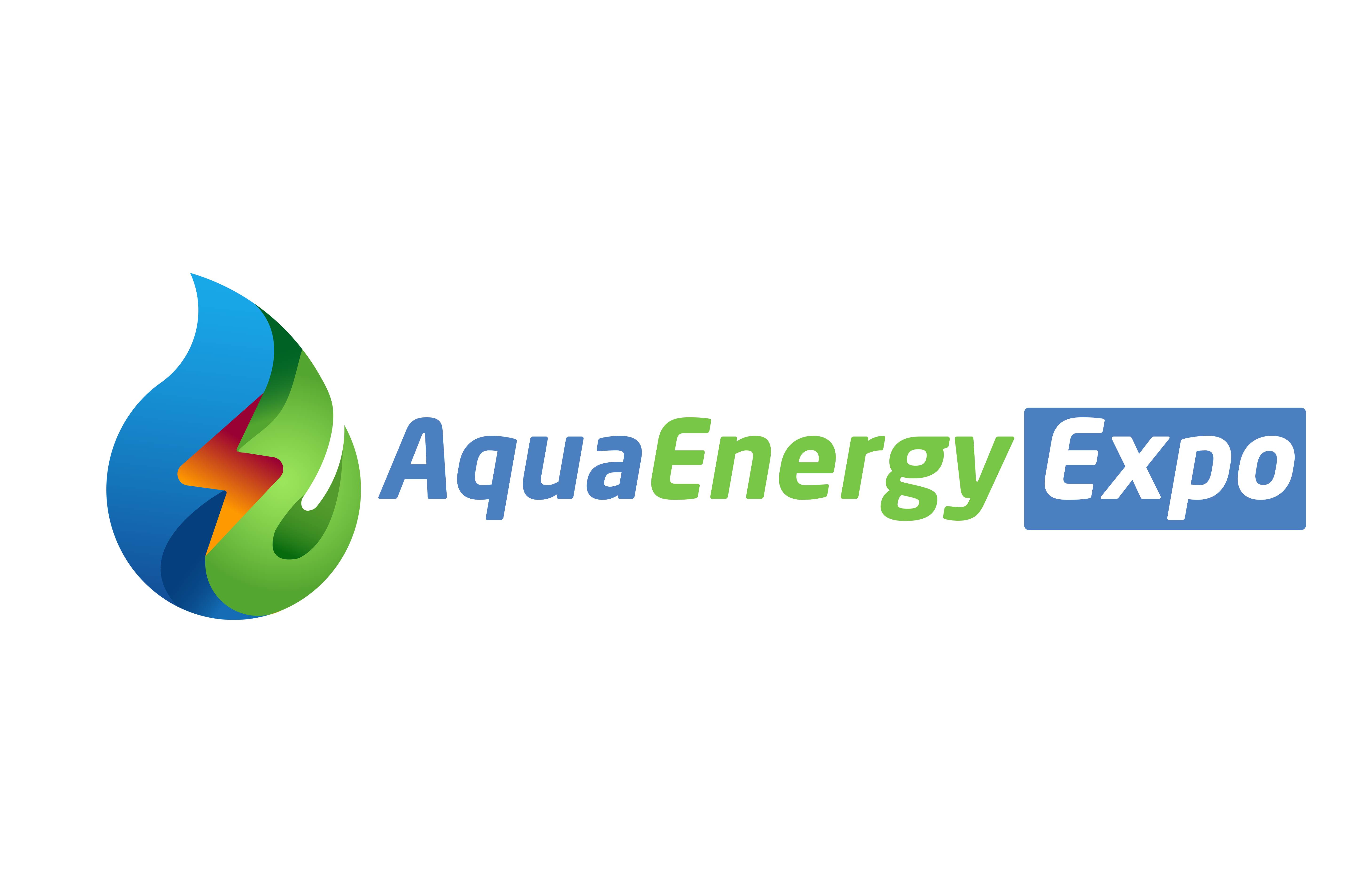

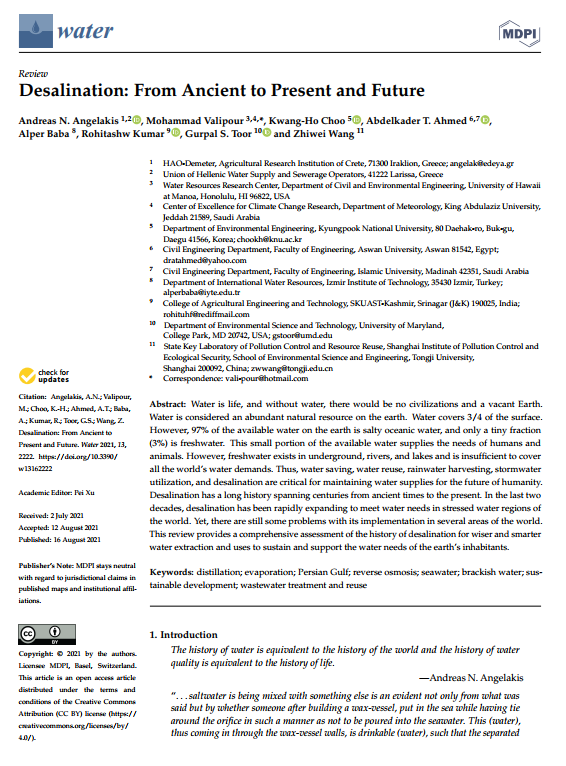
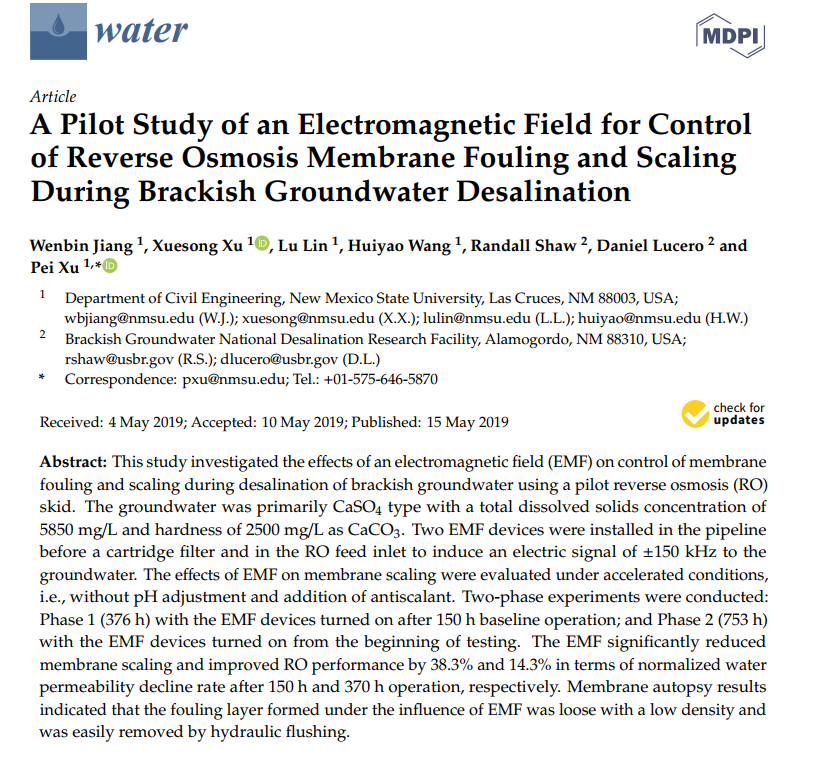
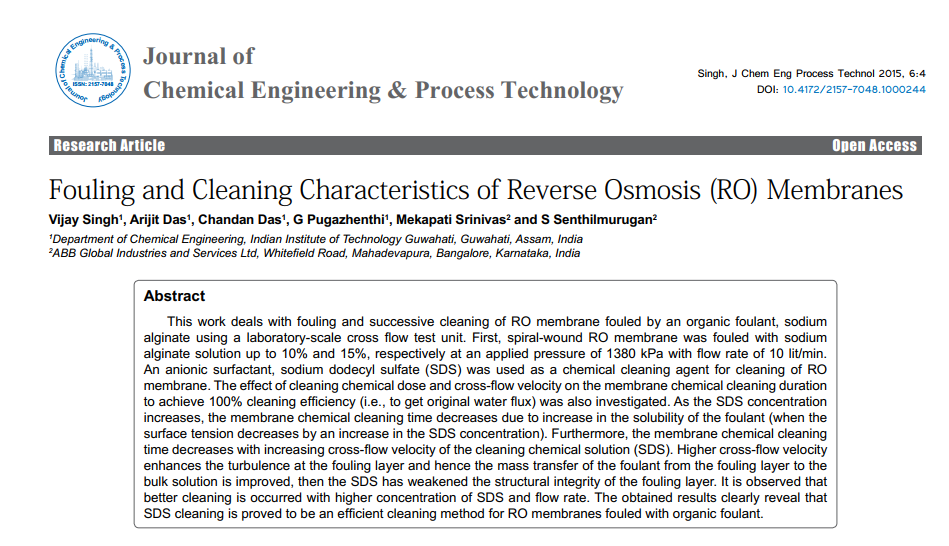
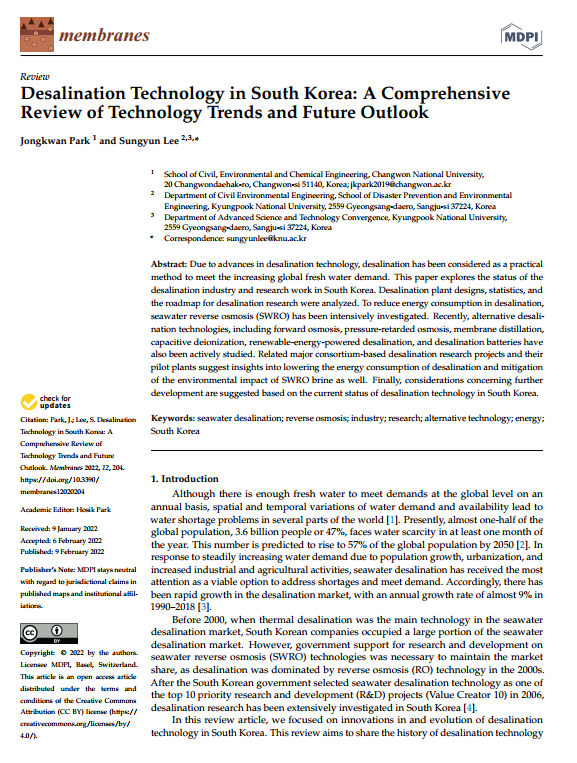
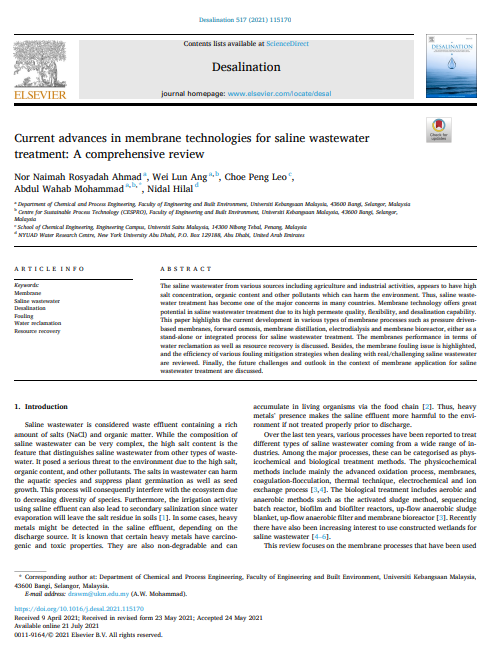
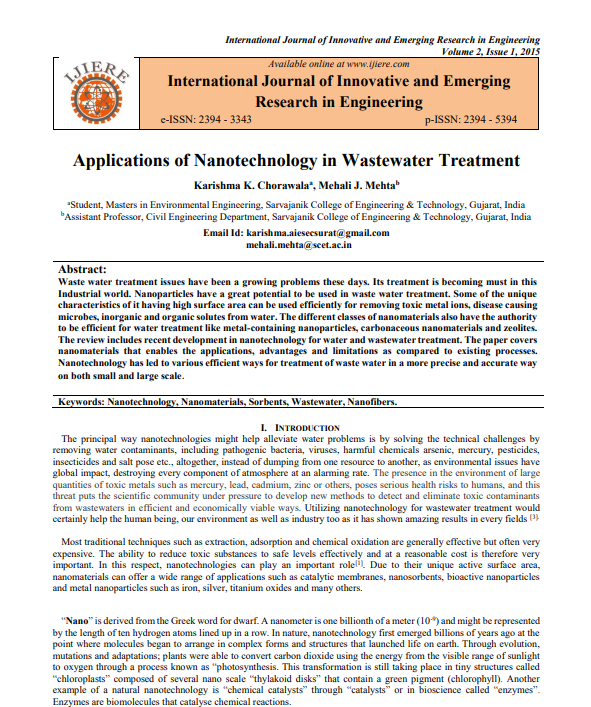


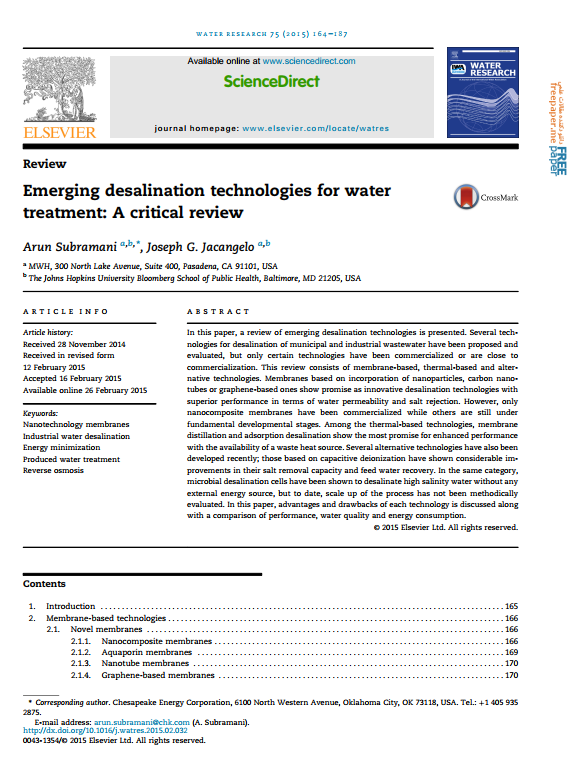
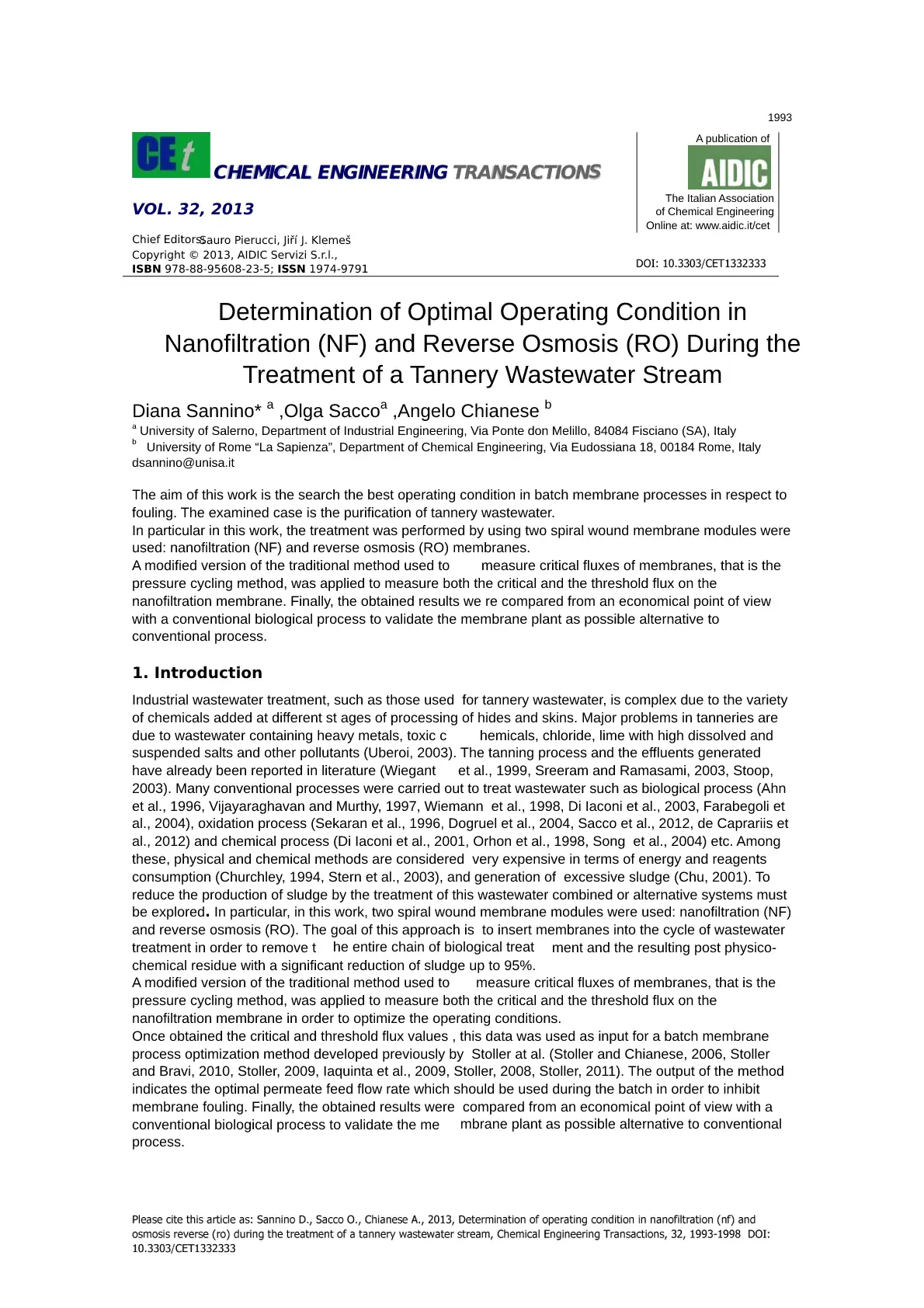
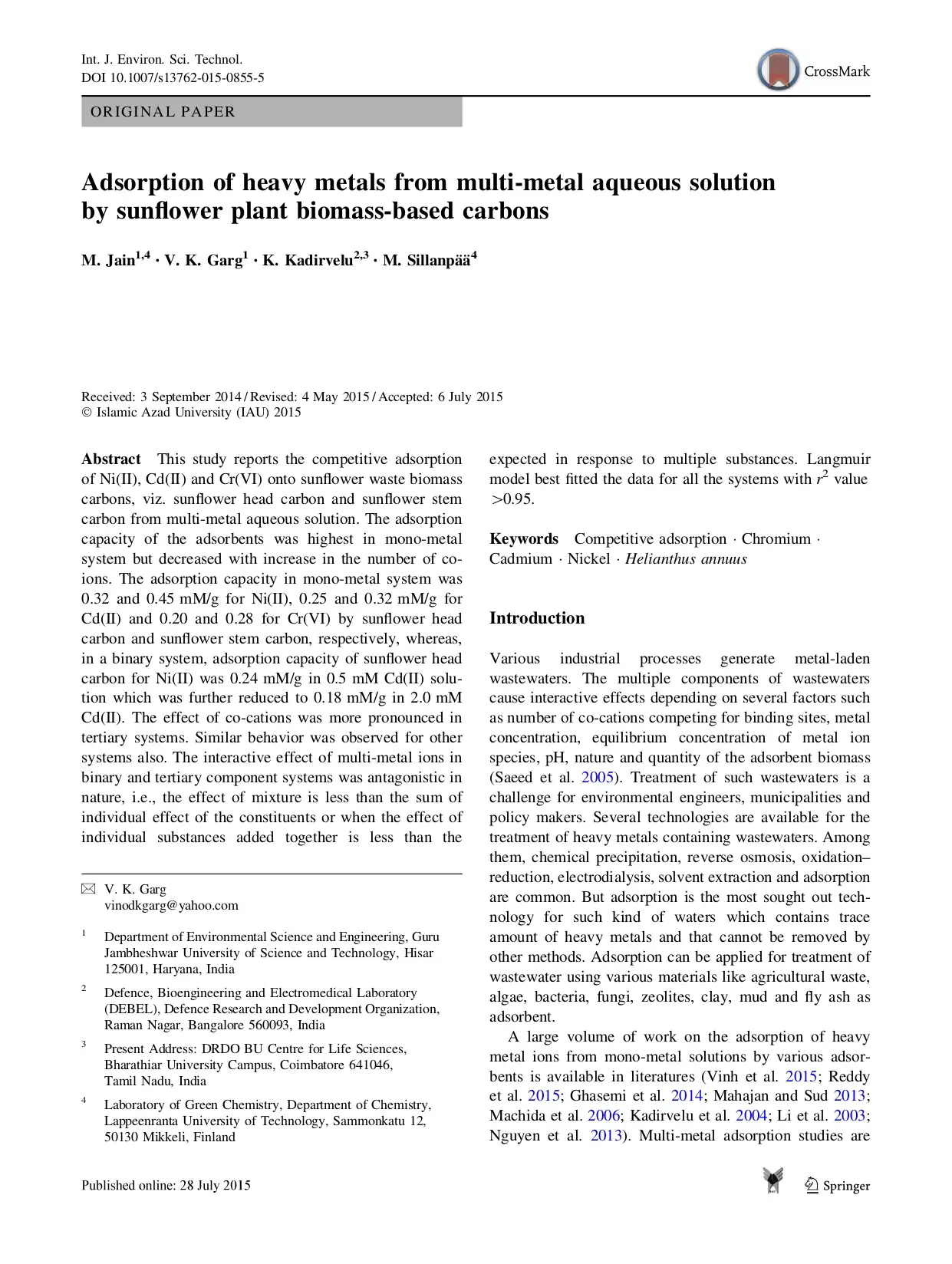
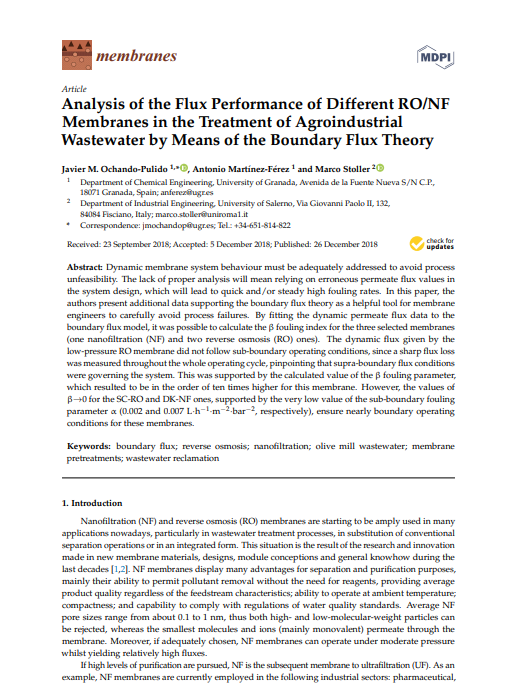
Reviews
There are no reviews yet.